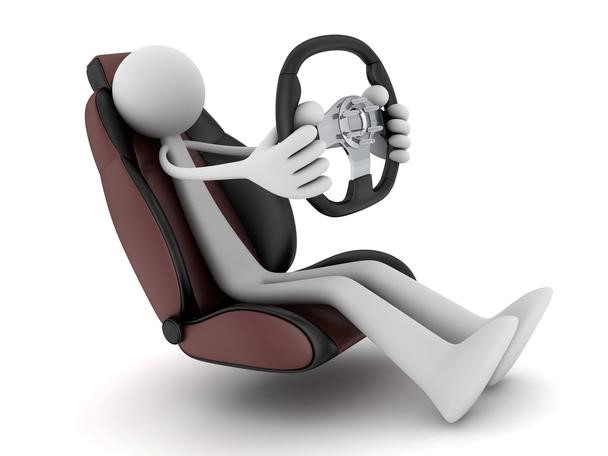PCT success story: Enhancing driving enthusiasm by steering wheel haptics
January 12, 2023
Technology in automobiles is evolving rapidly, and new models of vehicles are being fitted with all sorts of creature comforts. In the last few years, I noticed that car makers and buyers are preferring ease and comfort over raw driving characteristics of vehicles. This trend of increasing comfort has negatively affected drivers’ awareness of driving conditions. Car refinements are taking away enthusiasm from driving. In electric vehicles (EVs) the problem is even more prominent and EV makers are trying to counter the problem by introducing synthetic sounds inside the car cabins.

There is a lot of information subconsciously picked up from the vibrations of the car while driving. The invention revolves around the idea of electronically re-introducing natural vibrations that are captured using sensors mounted outside the car cabin and re-created in real-time using tiny vibration-motors placed inside the steering wheel. The invention allows for re-creating subtle vibrations without affecting the comfort of car passengers and further expands for synthesizing natural feeling vibrations in electric vehicles (EVs) using machine learning. Combined with synthetic sounds, these emulated vibrations can enhance the experience of drivers in electric cars.
For an independent inventor like me, going through the Patent Cooperation Treaty (PCT) route has been very helpful. The first and most helpful part of PCT is the extended timelines for filing patents in different countries. Without PCT, I would have had to file for patent protection within one year of first filing in all the countries, but PCT permits 30 months for the same. These extended timelines allow inventors like me to gather financial resources/partners/sponsors for upcoming filing and examination fees of different countries (national phases). The second benefit of PCT is the search report, which gives an idea of whether the current set of patent claims can be granted or not, or if any modifications in claims are required before entering national phases. This can reduce the cost and time of processing in national phases. In essence, the PCT is the best way for patent filing in multiple countries for independent inventors.
- Submitted by: Brahmadev Sharma, inventor
- Application number: PCT/IB2022/055427 (WO2022/259227)